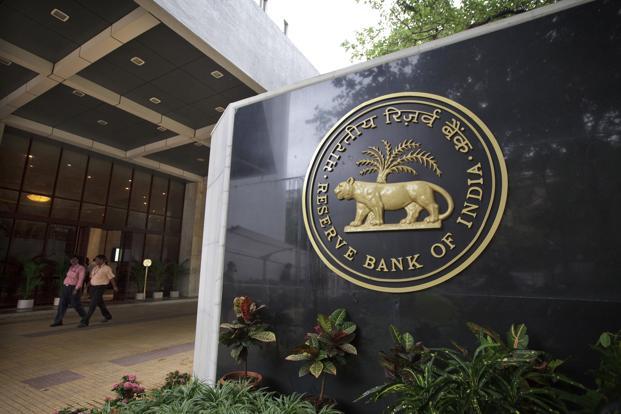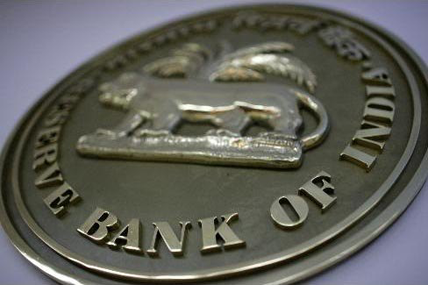The paper instruments popular for transfer of funds are cheques and demand drafts. There are also systems which provide you paperless transactions. A customer just has to give some details for the funds transfer to a bank. The beneficiary or the drawee of payment does not have to move to a bank branch for depositing the paper instruments. The one transferring funds can also initiate the process at home using internet banking. Transactions are secured.
The two popular systems NEFT and RTGS for funds transfer are explained in this article.
![]()
National Electronic Funds Transfer (NEFT) is a nation-wide payment system facilitating one-to-one funds transfer. Under this Scheme, individuals, firms and corporates can electronically transfer funds from any bank branch to any individual, firm or corporate having an account with any other bank branch in the country participating in the Scheme. NEFT presently operates in batches on half-hourly intervals throughout the day.
It is an electronic fund transfer system that operates on a Deferred Net Settlement (DNS) basis which settles transactions in batches. By the word ‘batches’ it mean that instructions received for transferring the money will not be done as soon the request is received. So, the settlement takes place with all transactions received till the particular cut-off time.
- The NEFT system is available round the clock throughout the year on all days, i.e., on 24x7x365 basis. NEFT presently operates in batches on half-hourly intervals throughout the day(As on April 28, 2020 data).
- Not every bank can transfer or receive money through NEFT system. For this the bank should be NEFT enabled. A list of NEFT enabled bank branches is available on RBI website, and also you can obtain this information from your bank.
- There is no minimum or maximum limit for opting for a NEFT payment system. The minimum amount you can transfer can be as low as Re 1. For cash transactions, you can transfer a maximum of Rs.50000 in each transaction.
- NEFT payment system is also available to transfer funds to Nepal under Indo-Nepal Remittance Facility scheme. A remitter can transfer funds up to Indian rupees 50,000 from any of the NEFT branches to Nepal. The beneficiary would receive funds in Nepalese rupees.
- Banks charge Processing Charges / Service Charges for NEFT transaction.
- In cases of delay in transmitting NEFT funds, the bank must pay an interest of 2%on the top of the existing RBI LAF Repo Rate.
Neft timings:
- On a normal working day, NEFT facility is open from 8 AM until 7 PM on all working days (Except 2nd and 4th Saturday of the month). As mentioned above, NEFT works on a batch wise clearing mechanism. This means that all the requests placed for NEFT get queued up and are cleared based on the settlement batches
- For a weekday, there are 23 half-hourly settlement cycles. All the requests placed before or after these timings are handled or cleared on the next available settlement slot
Details you need to give while requesting for NEFT transfer:
- Your bank account number with bank, so that bank can debit amount from that account.
- The amount to be remitted.
- Beneficiary’s name.
- Beneficiary’s bank’s and branch’s name (Bank branch should be NEFT enabled).
- Beneficiary’s account number.
- IFS code of bank branch of beneficiary. (IFS Code of all bank branches is available on RBI website)
![]()
The acronym ‘RTGS’ stands for Real Time Gross Settlement. Real Time means that the processing of instructions start at same time when they are received and not at some later time. Gross settlement means that the settlement of funds transfer instructions occurs individually (on an instruction by instruction basis).
- Not every bank can transfer or receive money through RTGS system. For this the bank should be RTGS enabled. A list of RTGS enabled bank branches is available on RBI website, and also you can obtain this information from your bank.
- So this is in contrast with the NEFT system in which settlements take place in batches.
- In contrast with NEFT system, there is a minimum limit of Rs 2,00,000 to be transferred through RTGS. Though there is no maximum limit.
- Banks charge Processing Charges / Service Charges for RTGS transaction.
Details you need to give while requesting for RTGS transfer:
- Your bank account number with bank, so that bank can debit amount from that account.
- The amount to be remitted.
- Beneficiary’s name.
- Beneficiary’s bank’s and branch’s name (Bank branch should be NEFT enabled).
- Beneficiary’s account number.
- IFS code of bank branch of beneficiary. (IFS Code of all bank branches is available on RBI website)
- There are two modes to perform RTGS. One is through Internet banking and the other is by visiting the nearest bank branch and fill the RTGS form to initiate fund transfer.
Difference between NEFT and RTGS:
The fundamental difference between RTGS and NEFT, is that while RTGS is based on gross settlement, NEFT is based on net-settlement. Gross settlement is where a transaction is completed on a one-to-one basis without bunching with other transactions. On the other hand a Deferred Net Basis (DNS), or net-settlement means that the transactions are completed in batches at specific times. Here, all transfers will be held up until a specific time. RTGS transactions are processed throughout the working hours of the system.
RTGS processes in real-time (‘push’ transfer), while NEFT processes in cycles during the given working day. This causes a NEFT transaction that is initiated later than the last cycle to be completed the next day.



